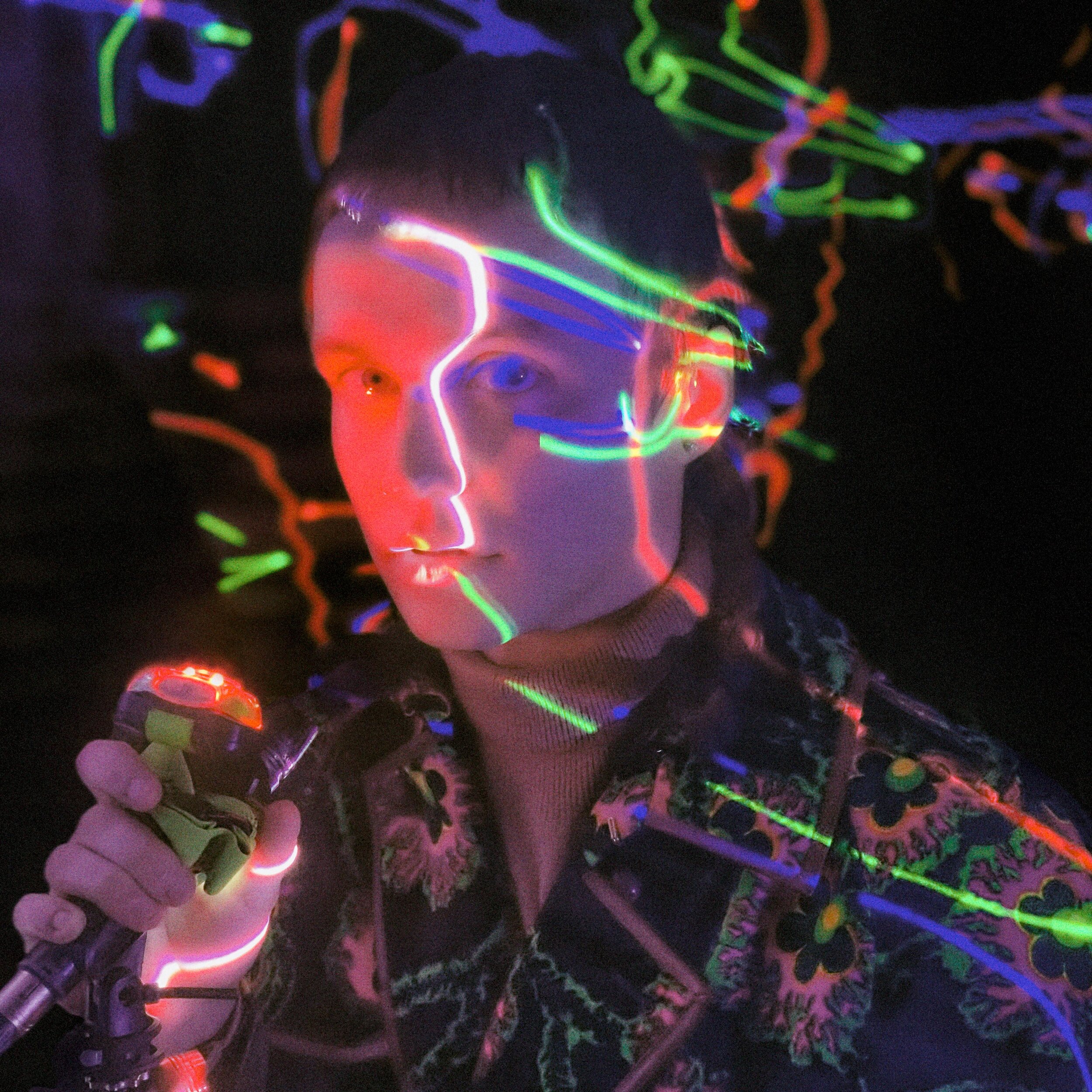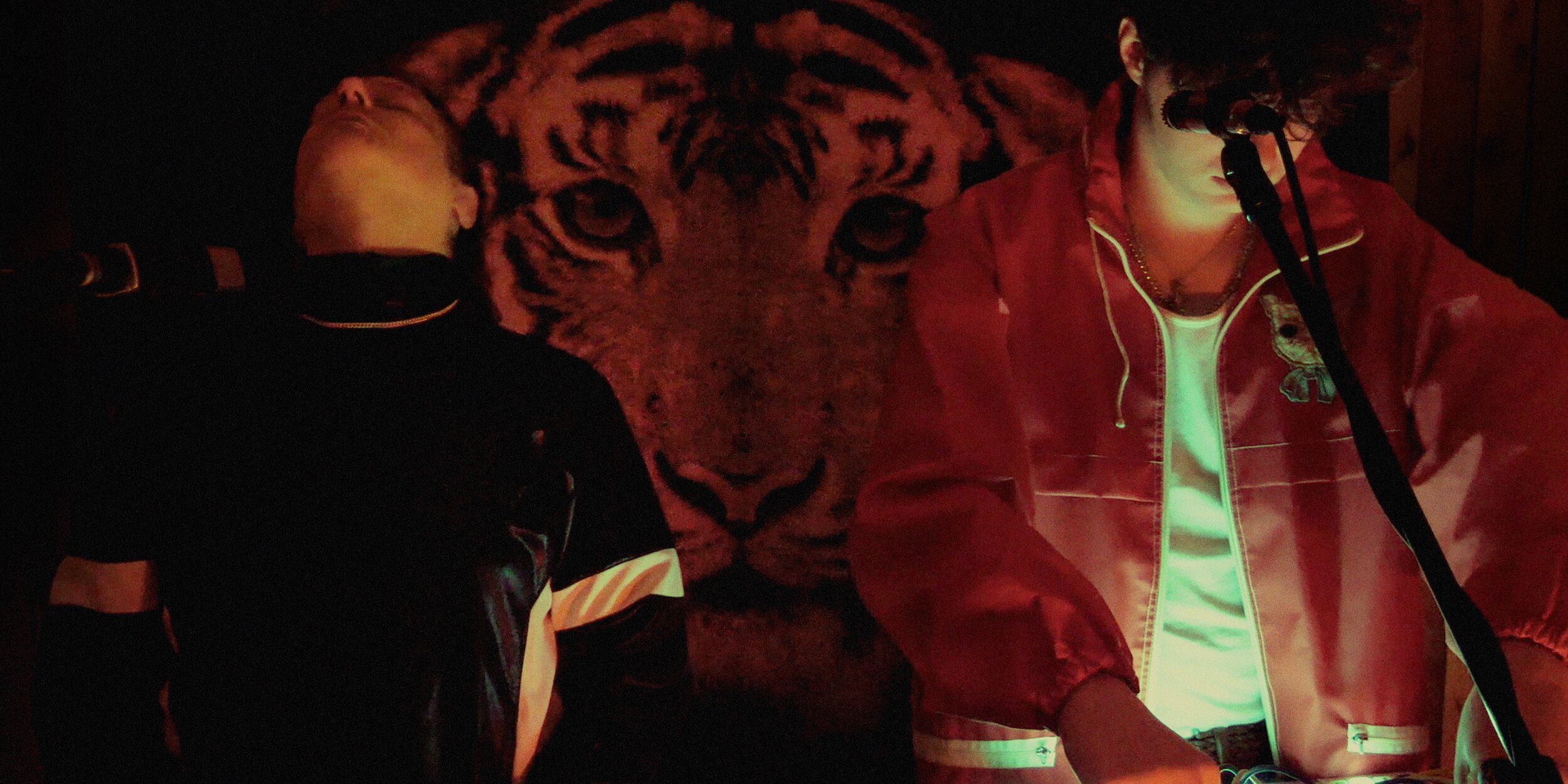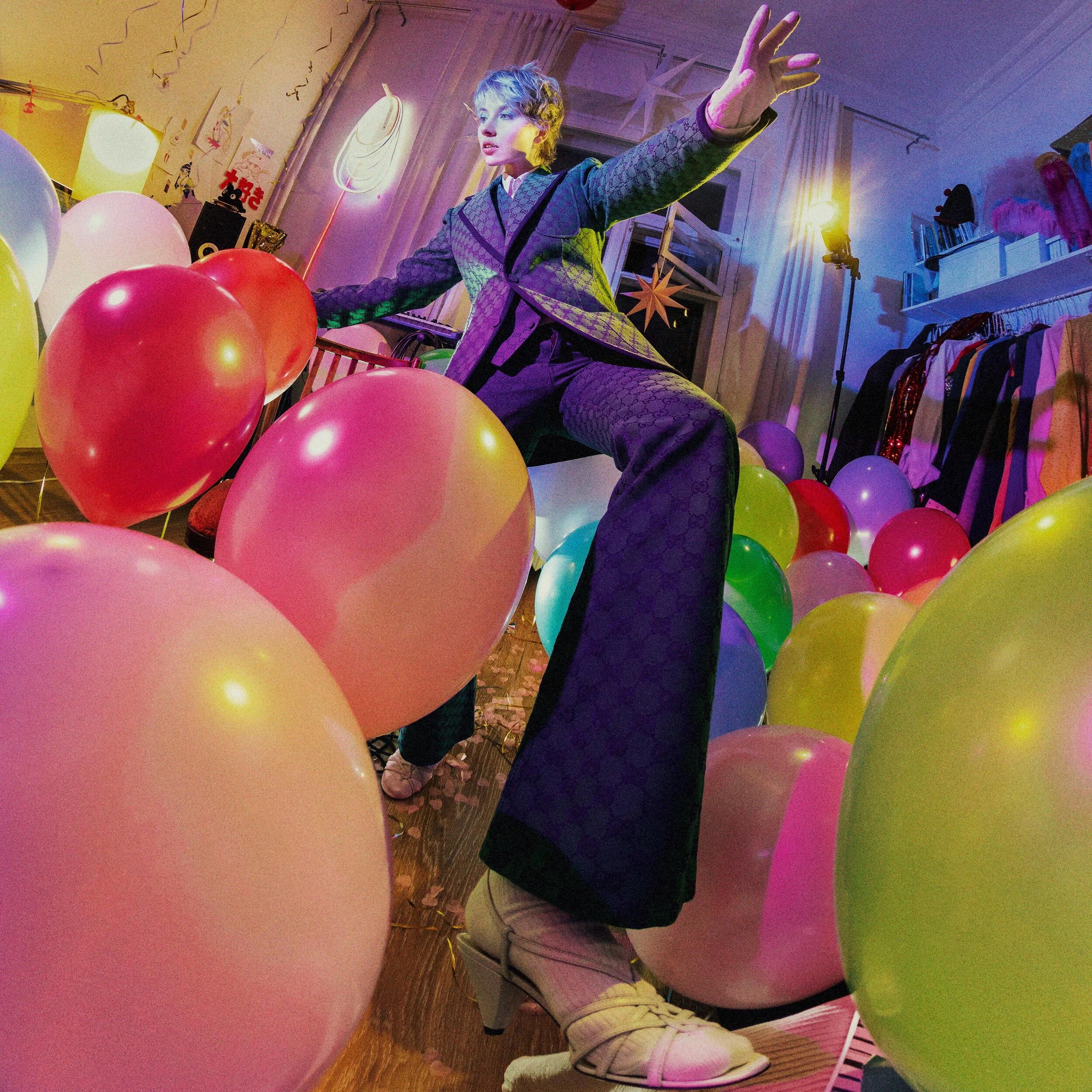Casey Cadwallader’s Superhuman World At Mugler.
In contrast to the majority of other brands that recently showed their AW 21 collections, Mugler presented Part 02 of its Spring/Summer 2021 campaign through an action-packed 6.5-minute film questioning the linear continuum of a runway presentation. Featuring a wide range of personalities across film, television, music, fashion and arts exhibiting feats through nigh superhuman strength, the campaign presented a compelling vision of fantasy and a diverse future for the French heritage brand.
The Perfect Magazine spoke to Casey Cadwallader, Mugler’s Creative Director, to find out how the campaign came into existence, the casting process, and what made the brand change its approach with regards to its retail operations, among other things.
Philip Livchitz: The campaign began with both you and Bella Hadid holding very Aphex Twin-like grins before she was catapulted onto the runway. How did this idea come to fruition?
Casey Cadwallader: It’s interesting because that was supposed to be the end of the video and now the video plays backwards. It was supposed to be me coming to bow at the end of the show, Bella doing her finale, turning around, and running to give me a hug. When we saw it in reverse for the first time, we thought it was so twisted; that’s how we had to start. The Aphex Twin reference is very interesting because we were looking at Chris Cunningham (Cunningham has directed a number of Aphex Twin’s videos in the past) and David Lynch. The thing about working with Torso is that they are such film buffs, and they love cinema. The main point of the show for me was to make it into something very exciting, mysterious, a little bit bizarre and a little bit surreal to start addressing something that was more of a fantasy than a straightforward runway.
PL: You’ve obviously worked with Torso in the past and brought them on-board again for this campaign. What’s the background of your collaboration with David Toro and Solomon Chase?
CC: I met David and Sol in 2014; DIS magazine was doing a project for the Berlin Biennale and I was there to see it. We’re all from New York, so we had a ton of friends in common; they were always in my social periphery. Turns out Haley Wollens – the stylist that works with me on everything – is very close with them too, so we ended up talking about doing films at different points in the past. I was really excited to do this with them; it was about two very important visions coming together, which was such a treat… and trust me, we’ve been talking a lot (laughs).
PL: The campaign also consisted of a great amount of acrobatics, dance and gymnastics. What served as a catalyst to explore movement in such a way?
CC: We were really interested in stunts, the idea of having stunt doubles as well as people appearing and disappearing on the runway in new ways. It was always about having a chic runway show in a slick black box in order for these disruptions to start occurring. At one point we had 45 ideas for different stunts, which we then had to prioritise and figure out what could be done and what the talent could do. Sometimes there were stunt doubles and sometimes the cast had to do the stunts themselves. It’s funny because at Mugler we cast very confident individuals and a lot of these people really went: “what else can I do; can I do this?” (laughs)–everyone was excited to not just walk.
PL: The campaign brought a great variety of women together across a wide creative spectrum–Hunter Schafer, Dominique Jackson and Eartheater, among many others. What influenced the casting process?
CC: It’s really just all about love. We’re really trying to be ambitious and ask people of our dreams to work with us. For me, it’s about visibility and giving different examples of beauty: trans people, trans women and trans men. I love models that are tall, short; have a different skin colour; are politically active; and models that are artists, musicians and actresses. That is very much what the cast is about–it’s about the representation of what I find beautiful and of shared respect for each other.
Credit: Alex La Cruz.
PL: Looking through the campaign, the hyper-charged Mugler characters displayed almost superhuman strength. What made you infuse the campaign with a superhero theme?
CC: (Laughs) it’s an interesting play because the history of Mugler is very much about creating superheroes and super characters. I find these cast members to be real-world superheroes–I don’t need to transform them into super-people; they already are super-people for me. I want the cast to be who they are. I want to ground them in their identity. The reason why we did that was an augmentation of reality; it was really just about having some fun and I think fashion should be [about] having a little bit of fun. When we do our casting, it’s all about confidence and making people who see the show wanting to emulate that; being happy in their own skin and proud of who they are – that’s what this range of very different individuals is doing for me.
PL: Looking back at your own personal experiences, who were your greatest heroes growing up?
CC: My mom is pretty badass; she’s quite the superhero; she is a very strong, opinionated, funny, exciting person. I had her and my sister, who’s also quite the fireball, in my life. A lot of the culture I was seeing was coming through the television. When I was growing up, I was hooked on MTV and House of Style; I was obsessed with Madonna–like all young gays are–during such an amazing era for her such as Vogue and Erotica; Janet Jackson and Madonna were basically my obsessions growing up. I’m very attracted to powerful female entertainers–that has always been a big magnet for me. It’s always been about a broad variety. I love the differences between all of the different types of people–it has always been exciting to me.
PL: Both parts of the SS21 campaign had models take a slight tumble. What was the inspiration behind including these moments? Were they choreographed?
CC: Yes, they were very choreographed. The point of it was that shit happens; that very strong, perfect people do fall, get right back up and keep going. It has to do with the fact that fashion is about perfection–I think it’s about emotion instead. There’s nothing like seeing a superstar such as Irina Shayk–who’s so in control of her body and so professional–make even falling down look good (laughs). That’s what people who have been through a lot and who are fully formed great beings of the world do; they fall down and get back up–they’re not perfect either. It’s also visually exciting because you don’t think it’s going to happen.
PL: One of the focal points of the campaign was emphasising the fashion technology aspect of the pieces. How pivotal is the role of technology for you as a creative director?
CC: I think it’s my obsession. I’m trained as an architect and architecture for me was all about material experimentation and new materials, how they can be used, and how they can affect your experience–materiality is one of the many things that can make fashion new. We have new fabrics that can do different things; that can change people’s experiences in the clothes; and what’s technically possible in the clothes. I always want to move forward and to make things that haven’t been made before, and sometimes that can be a challenge. We have a fabric called stretch illusion tulle which stretches; makes impossible necklines possible; and we can do it in different skin tones that disappear into the skin. Once I discover something new, that’s what fuels the sketches.
PL: The campaign featured a mix of utilitarian pieces as well as evening wear. How do you envisage women will dress in the post-pandemic future?
CC: For me, fashion is supposed to hit on many different levels; a brand should be able to make a t-shirt that means something to it; a brand should be able to make extremely exclusive and crafted lofty things–I try to make my collection out of all the different touchpoints that I think are important for a person’s wardrobe while also thinking of more fantasy-like situations. It’s really about making things our way–we try to be there for all the moments.
PL: The Mugler SS21 collection was spread across two different campaigns–Parts 01 and 02–with a focus on the see-now-buy-now model. What made you change the way the brand works with its retail partners?
CC: During the pandemic, there was a letter from Dries van Noten about how the industry needed to change. The letter made me realise that 20 years ago only the fashion press saw a fashion show, but the main fashion clientele globally didn’t get to see a collection until it was produced, placed in-store or seen in a magazine editorial – that’s not how the world is anymore; everyone sees a show the second it happens. There is also something about looking at a Spring show at the beginning of Spring and thinking about whether you would want something in your wardrobe; it’s about immediacy as well as trying to make things very direct and comprehensible for the client. We’re excited about the challenge – it seems to be working well for us.
PL: Who is the Mugler SS21 woman? Describe her in a few sentences.
CC: The thing about the Mugler human is that they’re excited about the world, they’re excited about themselves, but they’re also excited about other people. They’re social, they want to grow, they want to learn, they want to walk in someone else’s shoes, they want to understand the world, they’re not afraid, they’re not hiding in the corner just trying to get by; they’re out there trying to become the best version of themselves–that state of mind can make anybody beautiful, successful and reach for their dreams. For me, that’s what it’s all about–it’s about anyone who has that state of mind.










